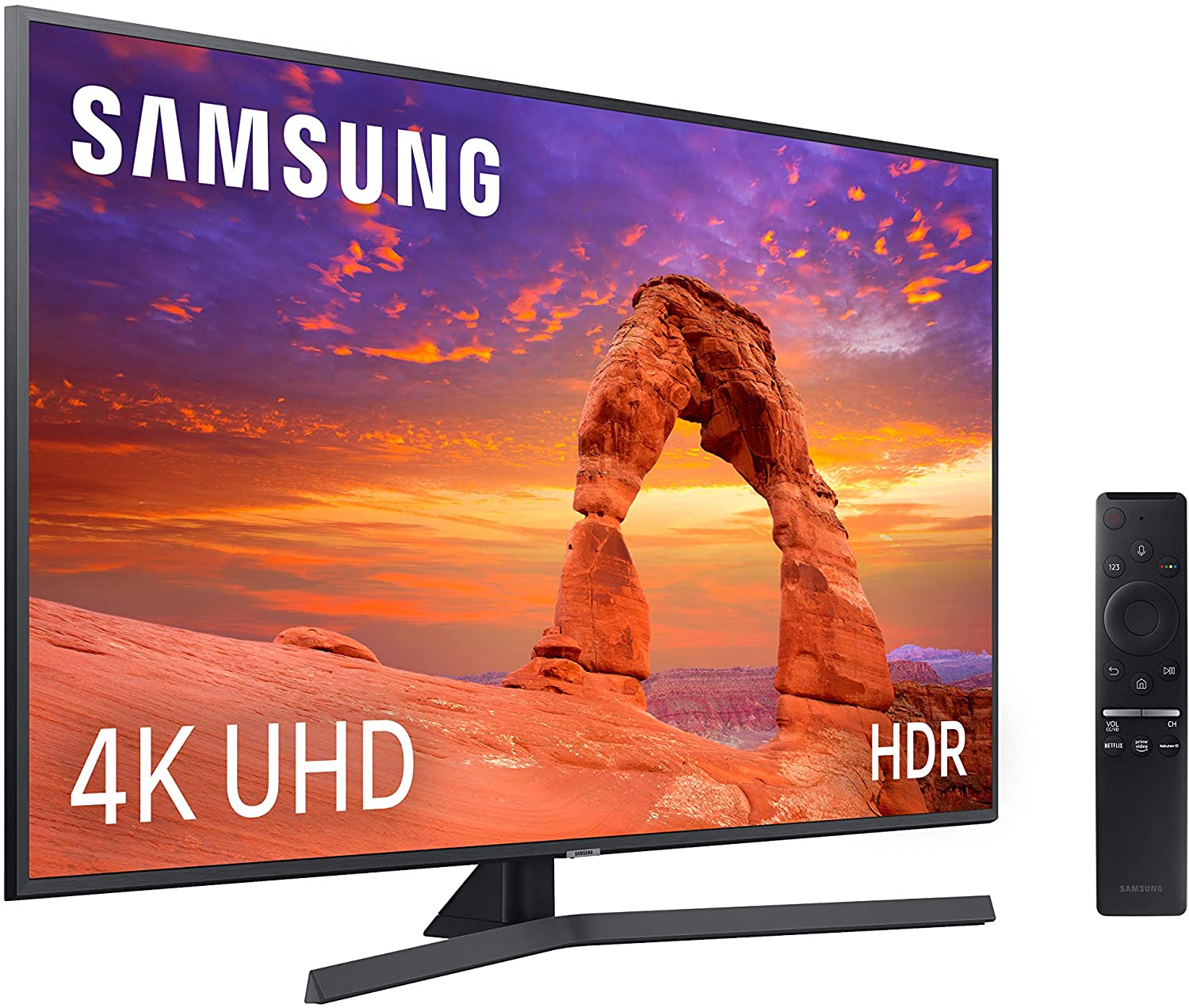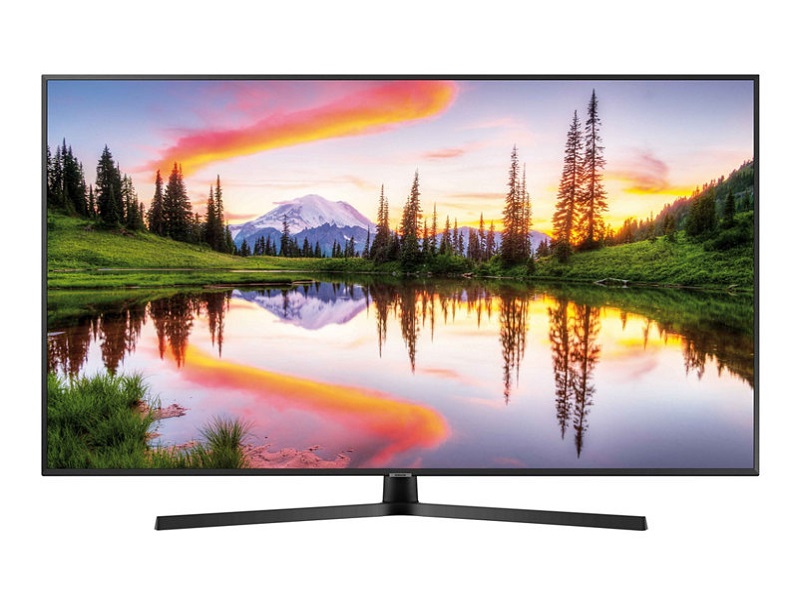

It’ll be enough to say that OLED is generally suited to high-quality video formats in dark viewing environments, while Samsung’s sets lag on contrast (comparatively) but make up for it with a bright and impactful display. We’ve gone into this debate in more detail in our QLED vs OLED guide. QLED TVs are also a lot brighter than OLEDs (thousands of nits versus hundreds) though they can struggle to show both light and dark images as effectively at the same time as a result. QLED uses a filter of quantum dots to enhance color and contrast and make do with several dimming zones to vary brightness across the screen – rather than being able to do so with each pixel individually. QLED, on the other hand, is a proprietary technology developed by Samsung. All OLED panels are manufactured by LG Display, so you have LG to thank even if you’ve got a Sony OLED in your home. There’s often talk of ‘burn in’ images on OLED screens, but much of this is anecdotal, and you’d probably need to be working the set very hard for this to become a problem. OLEDs are known for their vibrant colors, deep black levels, and low brightness.
CUAL ES MEJOR TELEVISOR SAMSUNG O LG TV
The benefit of an OLED TV is that it enables brilliantly thin TV displays and the ability to control the brightness of individual pixels. OLED, which stands for ‘organic light-emitting diode’, is a TV panel that can emit its own light instead of having light shone through it.

Today’s premium television market is divided into two panel technologies: OLED and QLED. (Image credit: Samsung) Samsung TV vs LG TV: panel tech The Samsung QN900B is one of the best 8K TVs you can buy today, boasting stunning HDR pictures. Samsung uses its own (somewhat worse) first-party Bixby assistant, though again only for mid-range or premium sets – and with the option to use Google Assistant or Alexa through third-party devices. The main difference is its search algorithm isn't as impressive as LG’s ThinQ AI software.īut what of voice assistants? LG’s OLED and Super UHD sets come with Google Assistant built-in and some limited compatibility with Alexa-controlled devices. Thankfully that's made easier by a Smart Hub multimedia page that divvies up content from apps and from your own USB sticks/home network. The OS cuts down on clutter, although this sometimes works against navigation – there are plenty of occasions when it's necessary to go hunting for a specific app. Samsung’s Tizen platform doesn’t differ hugely in its layout (you could say it was influenced by the former). It uses a horizontal menu bar for commonly-used apps, streaming services, and inputs, with customizable placement so you can pick and choose where your favorite apps sit on the dashboard.Īs you can see from the image above, the interface has changed in recent years, replacing its traditional overlay of apps for a full-screen view that's more spaced-out, but is still the best smart TV platform in our books. LG has been leading with webOS – a minimal smart TV interface – since 2014. But are fast and stocked with the latest apps, but there are a few differences. Samsung's Tizen and LG's webOS are often considered to be two of the best smart TV platforms. (Image credit: LG) Samsung TV vs LG TV: smart TV platformīoth Samsung and LG use their own proprietary smart TV platform. Smartcast also has an app that can turn your phone into a remote and is compatible with all major smart home systems.We've always been fans of LG's simple webOS smart TV platform.
CUAL ES MEJOR TELEVISOR SAMSUNG O LG FREE
You'll also get access to thousands of apps, including those from the usual suspects (Netflix, Hulu, Youtube), and free live TV solutions. So, a Vizio TV is worth considering if you would like something that can easily play media from your phone, tablet, or notebook without any third-party hardware. You can spend several thousand dollars on a Vizio if you opt for something from its premium range.Īll Vizio TVs run an OS called " Smartcast," which comes with both Chromecast and Apple AirPlay built-in. A Vizio may be the right option if you want to experience 4K for less than $300, though Vizio has a tiered product range that includes some premium models. The price point doesn't mean you'll be stuck with a low-definition television. But that doesn't make them bad if all you want is a solidly built TV that works smoothly with apps like Netflix, Hulu, and Youtube, you're getting a bargain.

Vizio smart TVs are on the lower end of the price scale.


 0 kommentar(er)
0 kommentar(er)
